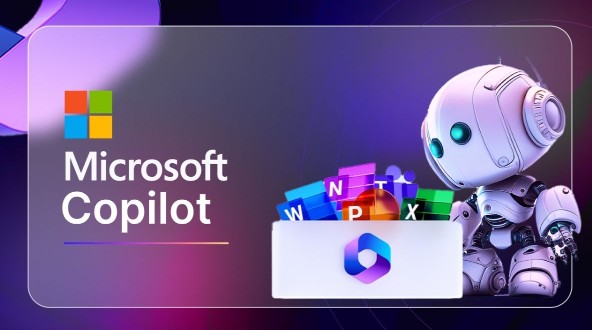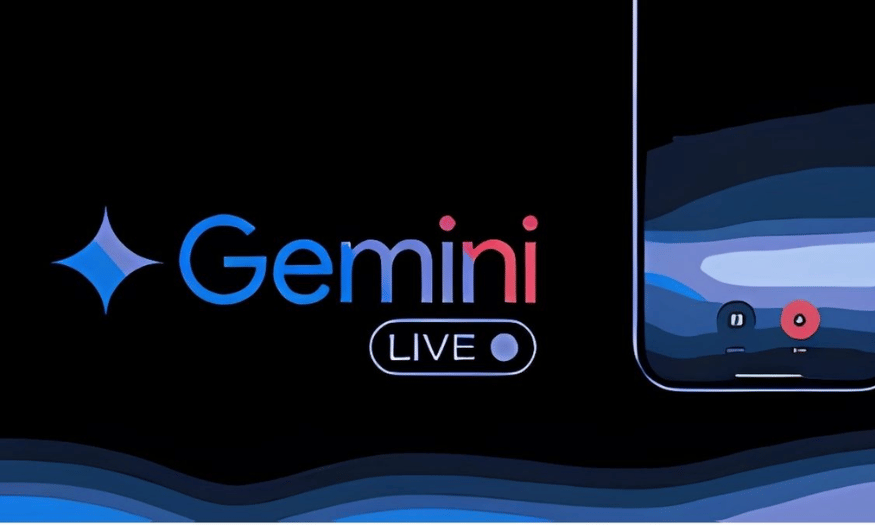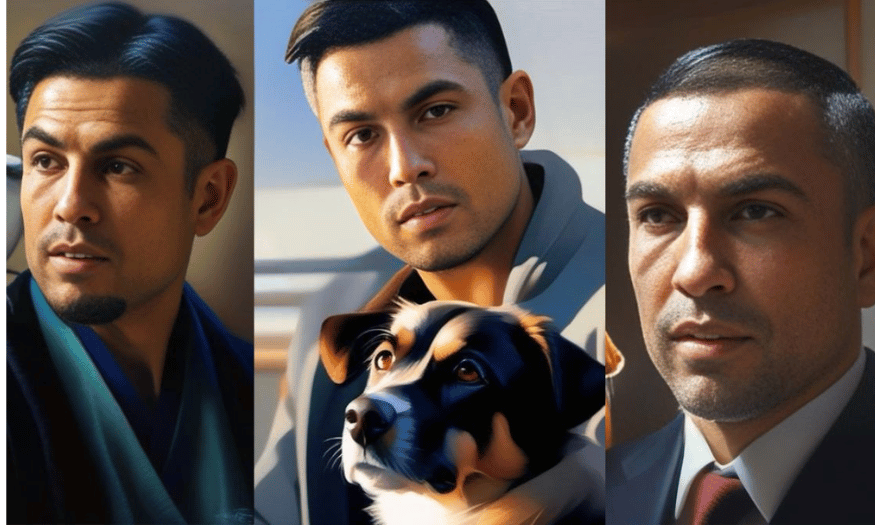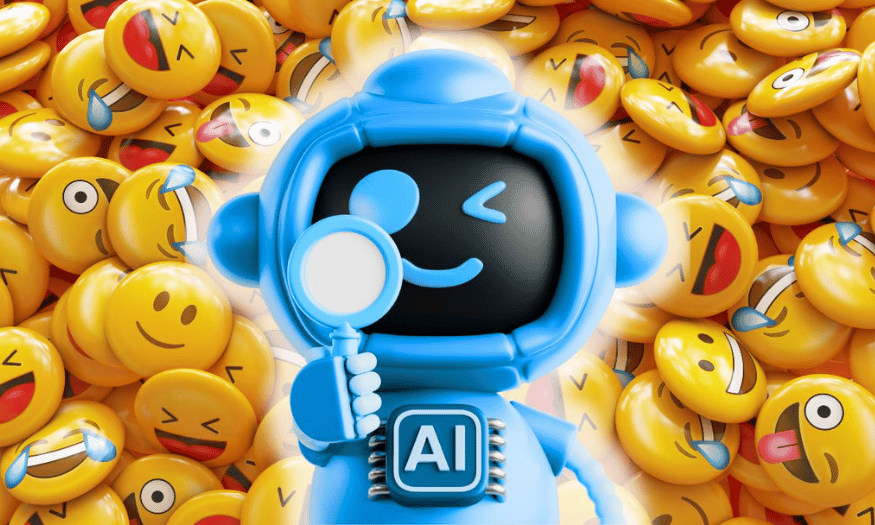Best Selling Products
Unprecedented AI Wave: ChatGPT Is "Causing a Fever" With Terrifying Growth Rate
Nội dung
- 1. ChatGPT and its unprecedented growth rate: 1 million users/hour
- 2. What is special about ChatGPT's image creation feature?
- 3. The Dark Side of the Boom
- 4. Consequences of rapid growth
- 5. AI image generation
- 5.1. How will copyright be protected?
- 5.2. Are users unwittingly aiding plagiarism?
- 5.3. How to balance technological progress and artists' rights?
Since its public launch in late 2022, ChatGPT has been breaking records in terms of popularity. However, the biggest recent breakthrough came from the integration of AI image generation directly into ChatGPT, a tool that was previously only available on DALL·E or separate image AI platforms.
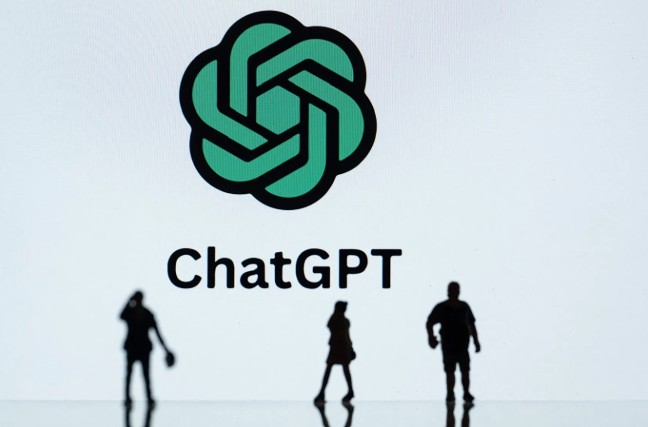
In the modern technology era, there are few technology products that have created such a strong attraction as ChatGPT - OpenAI's conversational AI tool. In particular, when the new AI image generation feature was recently launched, ChatGPT has once again affirmed its leading position in the global artificial intelligence wave. In just one hour, the platform recorded more than one million new users, a number that surprised the entire technology world.
So what made ChatGPT such a craze? What's so special about the image creation feature? And what are the consequences that this explosion brings to both users and the creative community? Let's analyze in detail with SaDesign in the article below.
1. ChatGPT and its unprecedented growth rate: 1 million users/hour
Since its public launch in late 2022, ChatGPT has been breaking records in terms of popularity. However, the biggest recent breakthrough came from the integration of AI image generation directly into ChatGPT, a tool that was previously only available on DALL·E or separate image AI platforms.
Last week, OpenAI announced the rollout of image generation to all ChatGPT plans, including the free one. This immediately triggered a massive “wave” of usage globally. CEO Sam Altman couldn’t hide his surprise when sharing on the X platform (formerly Twitter):
“We added a million new users in just one hour. There was a huge demand for the photo feature.”
This speed not only reminds people of the social media phenomenon in the early days but also reflects the widespread thirst for AI-based creativity. From designers, marketers, content creators to ordinary users, everyone is curious, wants to experience and take advantage of the visual power that ChatGPT brings.
.png)
2. What is special about ChatGPT's image creation feature?
The image creation feature integrated directly into ChatGPT marks a new milestone in popularizing AI image creation tools to the masses. Now, users only need to describe with a few lines of text to receive a complete image created by artificial intelligence quickly, conveniently and without design skills.
The strengths of this feature lie in:
Simplify the creative process: Instead of having to learn how to use complex tools like Photoshop, Midjourney or DALL·E independently, users can simply chat with ChatGPT as usual.
Interact directly with messages: You can request to edit photos, add details, change the background color, or adjust the layout without having to start from scratch.
Create multi-style photos: Supports many genres from cartoons, portraits, product photos, to classic or modern art styles.
Integrating the latest DALL·E technology: Increased detail, layout control and especially support for partial photo editing through the “inpainting” feature.
With these upgrades, ChatGPT is not only an AI chat tool but also a powerful visual design assistant at your fingertips. Creating images has never been easier, and this is what caused millions of new users to flock to it in the first few hours after the feature was announced.
3. The Dark Side of the Boom
Despite its convenience, the rapid development of AI image generation is also raising major controversies surrounding copyright and image ethics.
.png)
Models like DALL·E, an image generation platform behind ChatGPT, are trained on a massive corpus of data from the internet, including millions of works by artists, photographers, designers, and more, without explicit consent from the owners. This has led many to worry that AI is “copying” creative styles in a non-transparent way that could harm the creative community.
A typical example is when users create photos in the style of Studio Ghibli animation. Some use them to create funny memes, but there are also cases where they are used to illustrate violent, offensive content that goes against Ghibli's humanistic artistic spirit. Even more noteworthy is that CEO Sam Altman himself uses a Ghibli-style AI photo as his profile picture, further spreading the controversy.
The question is:
Is learning from public images considered legal?
Will creators be credited or compensated if AI learns and recreates their work in their style?
Where is the line between inspiration and plagiarism?
As AI becomes more accessible, misuse of it to copy artistic styles, edit photos of real people, or create controversial content will become more common. This requires platforms like OpenAI to set clear ethical, legal, and technical boundaries, and users to be more aware of the responsibilities of creating with AI tools.
4. Consequences of rapid growth
ChatGPT’s ability to attract a million new users in just one hour is impressive, but it also poses a huge operational challenge for OpenAI. When millions of people are accessing, sending commands, and generating images at the same time, the pressure on the technology infrastructure is inevitable: Performance is clearly affected
.png)
Many users have started sharing issues they are having while using the photo creation feature, including:
Longer than usual processing times: Image generation can take anywhere from a few seconds to minutes, especially during peak hours.
Returned images are corrupted or misdescribed: The system sometimes fails to understand or mishandle requests, producing odd or irrelevant results.
Interface freezes or freezes: With complex requests, especially when users continuously edit or interact multiple times, ChatGPT may be slow to respond or temporarily stop working.
These issues, while understandable in the early stages of launch, if not addressed soon, will severely impact the user experience, especially for paying customers who expect greater stability.
The question is: Is OpenAI really ready?
Although OpenAI is an AI pioneer, its unprecedented growth has forced it to admit that its infrastructure is not keeping up with demand. It has temporarily restricted access to its imaging features for free users and announced that it is experiencing “issues with new user registration”—a rare indication of system-level strain.
To maintain its leadership position, OpenAI needs to act quickly and decisively to:
Expanding the data center: Need more high-end servers, especially GPUs for faster image processing.
Optimized image generation algorithm: Reduced render time, increased output accuracy.
Smarter system load allocation: Prioritize paid users, balance performance across geographies, and minimize network congestion.
In reality, the development of AI is not only about model quality but also about the race for operational capacity and system stability. In which, technology infrastructure is the foundation of survival.
5. AI image generation
There is no denying that ChatGPT’s AI image generation feature has opened a new chapter for the world of content creation. Users from different industries: design, advertising, education, film, gaming... can now create a series of visual ideas in minutes, saving costs and shortening production time.
.png)
However, this convenience does not come with ethical and legal simplicity. The explosion of image-generating AI is raising big questions:
5.1. How will copyright be protected?
Suppose a user enters a description and the AI generates an image that resembles a famous artist's style, or has a similar composition to a previously published work:
Who owns that image?
Who requested the image?
OpenAI – the AI provider?
Or did the artist create the style being imitated?
Currently, the legal framework for AI-generated content remains vague, making it difficult for both artists and users to determine ownership and responsibility.
5.2. Are users unwittingly aiding plagiarism?
AI’s ability to “learn” from millions of images online without explicit permission has drawn criticism from artists. When a user types in a description like “Ghibli-style drawing” or “Van Gogh-like drawing,” they may be inadvertently encouraging AI to copy, even if they have no intention of plagiarizing.
In addition, AI can also be exploited to create distorted images, deepfakes or defame individuals, which has caused a stir in the media before.
5.3. How to balance technological progress and artists' rights?
A civilized society does not only pursue convenience and speed, but also needs to protect creative, fair and humane values. Without a clear solution, the risk of losing control in the use of AI to create images will be very high, and the first to suffer will be the true creators.
ChatGPT, with its new image creation feature, has proven that AI is not just a language tool, but also the new artist of the 21st century. The explosion of one million users per hour is not only a signal of success, but also a warning of the responsibility that comes with it.









































